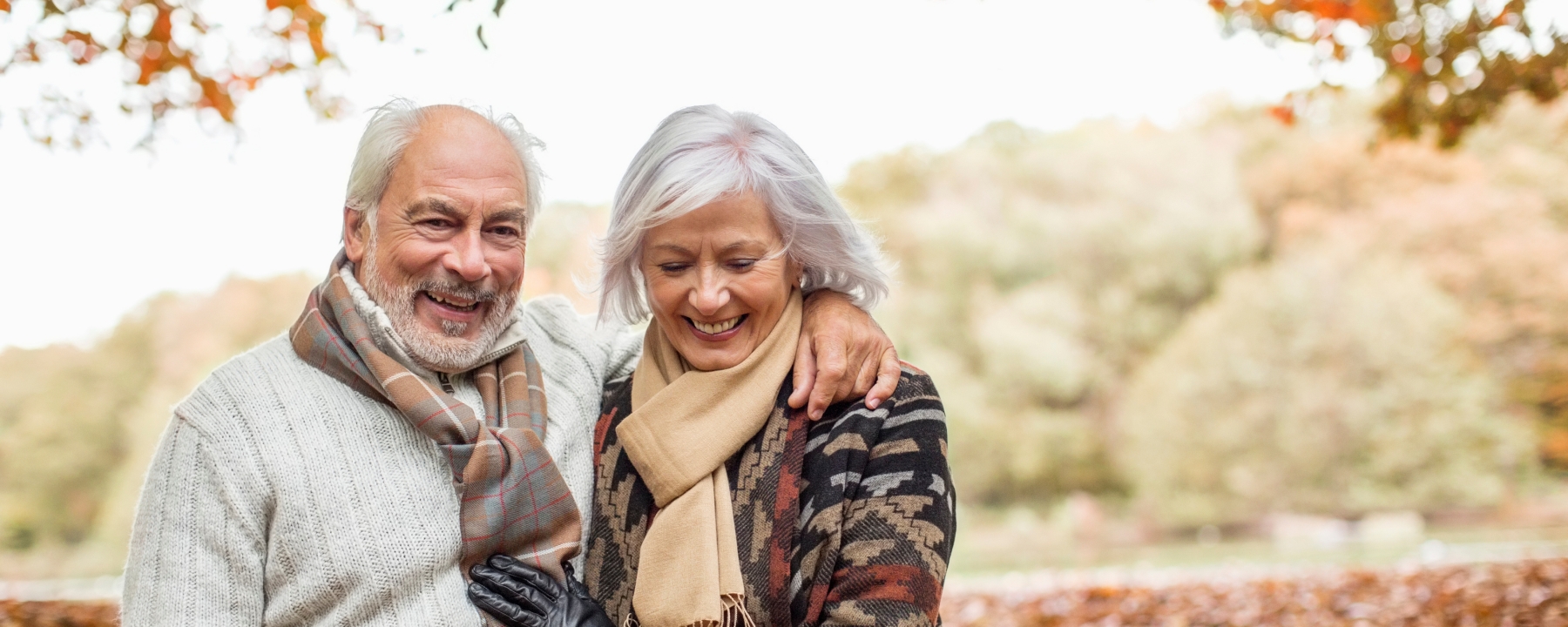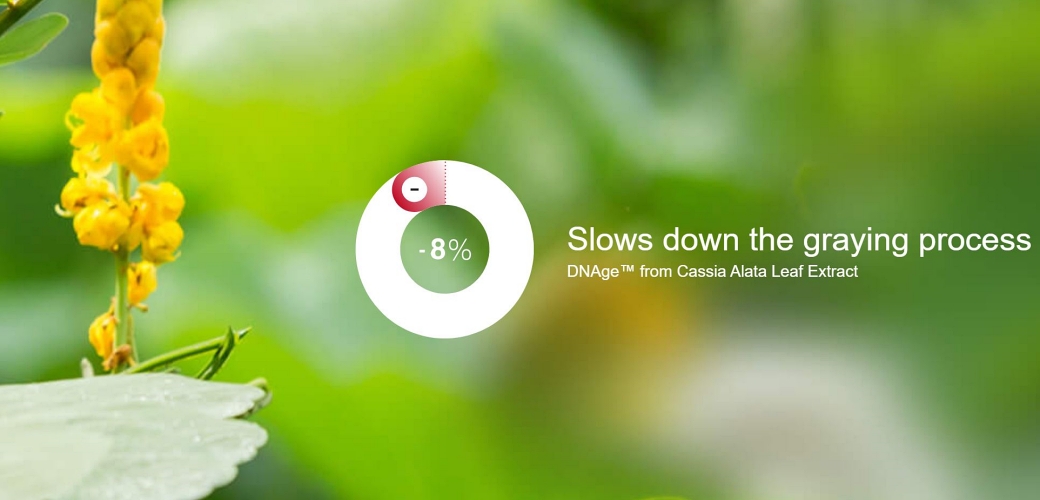
Well aging
Aging beautifully – how skin changes over time
It is estimated that girls born today will live on average to age 83; boys have a good 78 years ahead of them. The trend is going up. But that doesn't change the fact that our skin starts to show the first signs of aging around the age of 25. We are going to take a closer look at what happens - and how we can try to combat premature skin aging.
On average, once we hit our 25th birthday, we can expect to see the skin’s first visible changes. In reality, aging starts before we are even born. And everything we do to our skin during our youth will become noticeable later. There are many reasons for aging and how it plays out for each person is very individual. But nobody goes untouched. It starts with small laugh lines or crow's feet, usually at the outer edge of our eyes. Our facial expressions form their first lines on our forehead. What begins tenderly and is barely noticeable becomes increasingly evident over the course of our lives. More wrinkles show up and the initially fine lines become deeper and more pronounced.
And it gets worse. As we age, our skin loses firmness and elasticity, especially on our face. The result: skin sags and loses its contours. For women, this natural process picks up speed around age 50 during menopause. As hormones change, elasticity and firmness decrease significantly. This is not quite as pronounced in men because they have a different skin texture. In addition, mature skin doesn’t produce as much natural moisturizing factor. It dries out quickly and loses the typical radiance found in youthful skin. And wrinkles get deeper. Gravity also plays a role as the skin begins to sag.
The sun’s UV radiation still has an enormous influence on the extent and speed of how our skin ages
What is really happening? The interplay of the various factors is quite complex. Both internal, e.g. genetic processes (also termed intrinsic skin aging), and external influences (extrinsic skin aging) play a role. It is estimated that approximately 30% of the signs of aging are due to internal factors, while 70% to external factors. Let’s take a quick look at the natural changes that occur in the three different skin layers: epidermis, dermis and subcutaneous tissue. Each of these layers has an aging process and causes different signs of aging.
Natural aging processes: what happens in the skin?
Epidermis
Hyaluronic acid production slows down, and the skin cells bind less water. The skin becomes rougher and drier.
Dermis
The aging process leads to structural and functional changes in the dermis. The undulating junction between the epidermis and dermis, which gives stability, flattens out and the dermis begins to atrophy.
Subcutis
Fat is redistributed in our body with less in our face and hands, and more around our waistline and abdomen.
Cell metabolism slows down in the epidermal layers and lipid production decreases. This causes many effects: the epidermis becomes thinner, hyaluronic acid production slows down, and the skin cells bind less water. The skin becomes rougher and drier, and fine lines and wrinkles start to develop. Since the skin’s pigmentation becomes more uneven, there is less protection against UV rays. As people’s age increases, their susceptibility to get infections increases and wound healing is poorer.
The aging process leads to structural and functional changes in the dermis and markedly impacts the dermal scaffolding structures of elastic fibers and collagen. Collagen turnover decreases and the elastin fibers degrade. The undulating junction between the epidermis and dermis, which gives stability, flattens out and the dermis begins to atrophy. The amount of hyaluronic acid decreases and low grade inflammatory processes are more recurrent. These are just some of the effects that can occur.
As the internal support structures weaken and the skin loses elasticity, the skin becomes slack. With the effects taking place in the epidermis, the skin loses its youthful glow, becoming thinner and duller often accompanied by formation of age spots and blotches. Fat is redistributed in our body with less in our face and hands, and more around our waistline and abdomen.
Skin aging in numbers
- Our skin starts to show the first signs of aging around the age of 25
- Skin loses firmness and elasticity, especially on our face, around age 50
- 30% of the signs of aging are due to internal factors
- 70% of the signs of aging are due to external factors
External factors of skin aging
Genetic factors play an important role in all the processes happening in the different skin layers. And that's not all: external influences including life-style and environmental factors also intensify the aging process. Research has now identified three main factors:
Top of the list is UV radiation from the sun. Experts call it photoaging. Your skin type and your behavior determine how quickly and to what extent your skin ages. The aging process is faster for people with fair, sensitive skin compared to Asians and darker-skinned people. People who spend a lot of time in the sun or like to sunbathe also show more signs of aging. Even if most people protect their skin with sunscreen and don’t get skin cancer, the sun’s UV radiation still has an enormous influence on the extent and speed of how our skin ages.
Number 2: People who smoke look older. The various substances in tobacco smoke not only damage the lungs and the respiratory system, they also interfere with various cell processes and reduce the amount of protective antioxidants. The effects on the skin are also substantial.
Last but not least, air pollution plays a role and has the greatest impact on people who live in large cities and metropolitan areas. One of the main causes for aging processes are free radicals. These highly reactive molecules damage the cell structures of the skin and thereby accelerate aging. They result e.g. from exposure to UV radiation, tobacco smoke and air pollution. Young skin can defend itself to a certain extent: it produces or is supplied by antioxidants that render free radicals harmless. Older skin gradually loses the ability to do this. The more free radicals are able to cause trouble, the more damage is done.
Sound depressing? It shouldn’t. Making these connections help us to understand the most important finding: aging is a part of life and the most natural thing in the world. We just need to decide on our mindset. People who age with dignity never lose their beauty, even if it’s expressed in different ways.
Self-awareness and assuming personal responsibility of your own well-being, you can avoid the unwanted signs of skin aging - or at least lessen the impact. Healthy nutrition helps, as does effective sun protection and continuous care. Fortunately, there is a wide range of effective skin cleansing and care products for every skin type.
So, keep your hopes up. It’s definitely possible for you to look good at 83.


